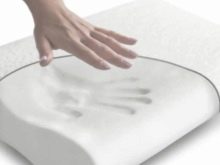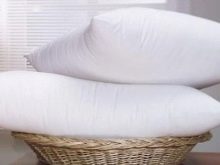All about washing pillows
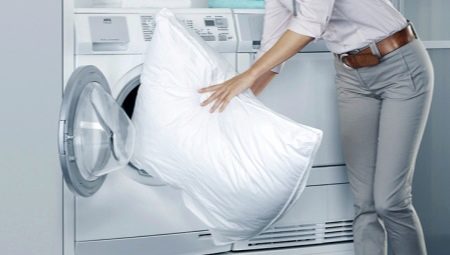
It is recommended to clean the berth regularly: change bed linen more often, knock out the mattress, wash pillows. This must be done so that the conditions for the "living" in them of fungi, ticks, and other microorganisms are not created in the bedding.
From the publication you will learn everything about washing pillows, taking into account the type of filler, because improper care can deform the product, and at best you will have to put up with pain in the neck and spine, at worst - throw away the pillow, which has lost its volume and has become too soft.


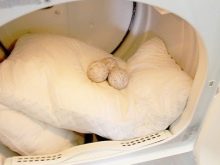
Fundamental rules
Today, few people wash pillows by hand, because almost every home has automatic washing machines, and if the symbols on the labels do not indicate that this process should be done manually, then the washing of the pillows can be carried out in an automated mode.
As a rule, manufacturers leave the necessary signs on the label, and their decoding is not difficult.
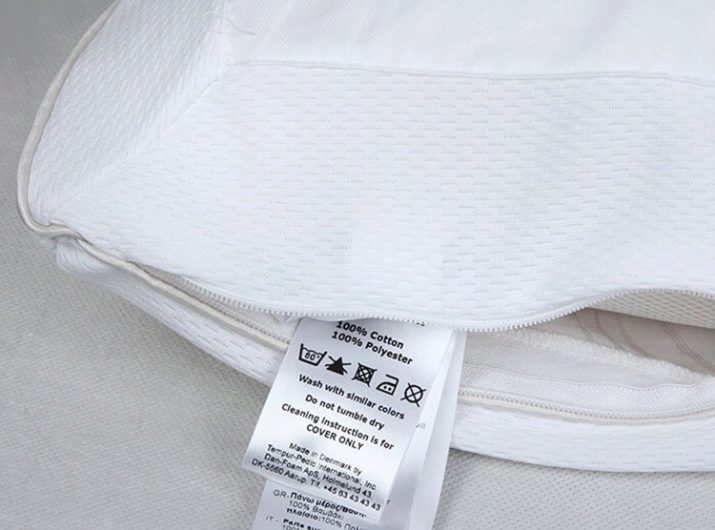
If you did not find any instructions, then follow the general rules for any type of washing of pillows, taking into account a number of points.
- Water temperature. Regardless of filler, wash pillows in cold water. As much as possible, it can be heated up to 30-40 degrees. Washing in hot water will cause even the softest stuffing to turn into a hard lump.
- Auto mode... Washing should only be done at low speed. If there are appropriate modes on the machine ("down products", "synthetics" and others), then it is better to install them. Alternatively, the “hand wash” or “delicate” mode is suitable for all types of pillows. Such programs do not destroy the texture of the fibers.If the product is very large, then it is recommended to divide the filler into several parts, and place each part in a separate cover (for this, modern pillows are sewn with zippers, the old version can simply be gently ripped open), and after washing, assemble the pillow.
- Detergents for washing. Choose liquid or gel formulations, powder particles can accumulate on the pillow at the seams.
- Extra rinse... An additional rinse cycle removes soap residues and foam and makes the pillow light.
- Spinning... Do not squeeze the pillows at high rpm, it is enough to set the button at 400-500 rpm.
- Drying... Dry the pillows on the balcony, loggia or in the yard, periodically turning it over and whipping - this will dry the product evenly. It is good that the weather is warm, windy, but not sunny.
This is a one-stop instruction for washing your pillows yourself. But depending on the filler, the care may differ.

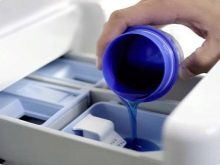

Washing taking into account the type of filler
Down pillows probably go as a dowry for every girl. But they quickly absorb dust particles, so you have to wash them more often. It is now products made of artificial swan down that have appeared, and their care is not so demanding.
And the cleaning of pillows from a real feather must be approached carefully. At home, they can be washed not only by hand, but also in an automatic washing machine. To do this, follow a specific sequence.
- Separation of the filler. They take out the feathers from the pillow, and distribute them over the previously prepared pillowcases, linen bags, leave a little filler in the napkin itself. The less fluff in the covers, the better the result will be.
- loading... Wash 2-3 covers at a time, do not throw everything into the drum at once, so that the fluff does not crumple when the drum rotates. By the way, tighten each cover well so that the fluff does not come out and clog the machine.
- Washing... Set one of the delicate wash modes (in the absence of a special one for downy items) and start the machine at a temperature of 30 degrees. Use a gentle shampoo or chlorine-free gel for washing. We recommend a second rinse at a low speed. No feather conditioner is needed - it will only hurt: it will soften the fluff even more, and the pillow will lose its shape.
- Drying... Dry covers with fluff in a warm place with good ventilation. From time to time you need to shake and beat such "bags", which will allow the filling to remain fluffy.
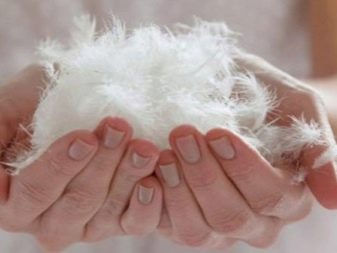

If the pillow case is dirty and yellow, it is washed separately. Special stain removers will help to wipe off yellow stains. You can use ordinary soap for household needs (72%): first, treat it well by hand, then put the pillow case in the drum and wash as usual.
At home, pillows with woolen and bamboo fill are also washable. They are not so whimsical to care for, wash in a program with a temperature regime of 40 degrees with a special composition (gel) for delicate items.
It is recommended to throw tennis balls into the drum to keep the filler fibers from clumping. This method can also be used when washing down items.
Bamboo and camel wool pillows should be dried in an open space (not in a typewriter), and in order for them to retain their shape, they need to be whipped periodically.

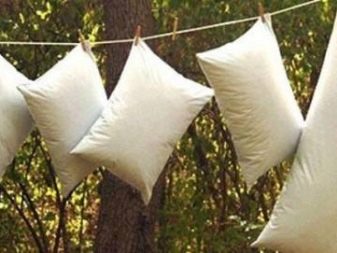
Recently, pillows with artificial filler. Synthetic padding does not cause allergies, is comfortable, does not deform as natural, and does not require special conditions during washing.
Sinteponovye products, for example, are not afraid of even strong spinning in automatic mode. True, it is better to wash the foam rubber in a special bag.
Latex products are wiped with a damp, clean cloth, then wiped dry, but not exposed to the sun and frost, and also not washed in water.

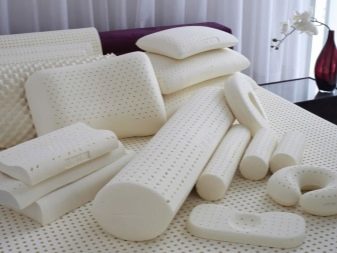
Anti-stress pillows made of expanded polystyrene are very popular. This material can be machine washed, but it is better to place such a pillow in an additional cover, in order to avoid getting small balls into the mechanisms of the device.
Polyester pillows easy to wash, such padding does not absorb moisture, so the product dries very quickly. The filler made from organic material (buckwheat husk, grass, seeds of berries and fruits) is not washed. It is better to replace such padding, the washing of such pillows will not work.
It is not recommended to wash orthopedic products either - at least in an automated device. They are quite tough and can break the drum of the typewriter. And in order to refresh them, you need to knock out, ventilate and change the cover on them more often.
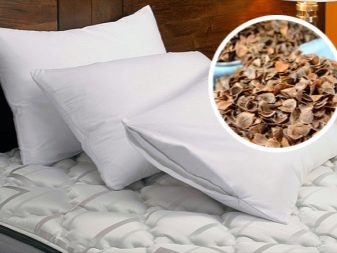

How often should the pillows be washed?
The pillowcase does not protect the filler from dirt, so don't be limited to just washing and replacing the pillow cover... Most fungi and bacteria multiply in the filler, where all the necessary environment is created for this.
Therefore, do not neglect the rules of care, and wash the pillows at least once every six months, ideally once a quarter. Thus, you will not allow pests (mites, bacteria) to proliferate on a large scale. The relevance of washing pillows arises in the warm season, when a person's sweating is greatest.
By the way, do I need to wash my new pillow? This is at the discretion of the owners. On the one hand, if the package is intact, then you can limit yourself only to washing the pillowcase, without filler. On the other hand, what if the storage conditions were violated, and it absorbed a lot of dust, lying around in the warehouse?
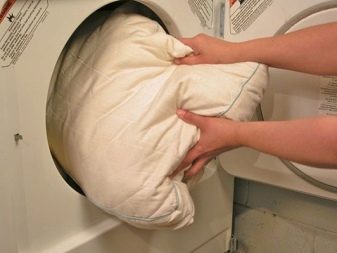
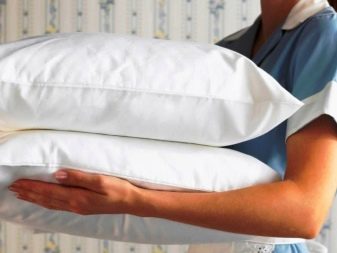
Then it is better to play it safe and wash, especially since the tips in the article should help to do this in accordance with all the rules. And do not forget that washing bedding is, first of all, your health and your comfort.
But in some cases, you need to think: wash or replace the pillow is better. So, this applies more to products with artificial filler. Sintepon, foam rubber, other synthetics will last for three years, no more.
If you put a heavy object on such accessories, then pick it up, then you can understand: use such a pillow further or not. If the crumpled place remains flattened, then it's time to get a new pillow.
